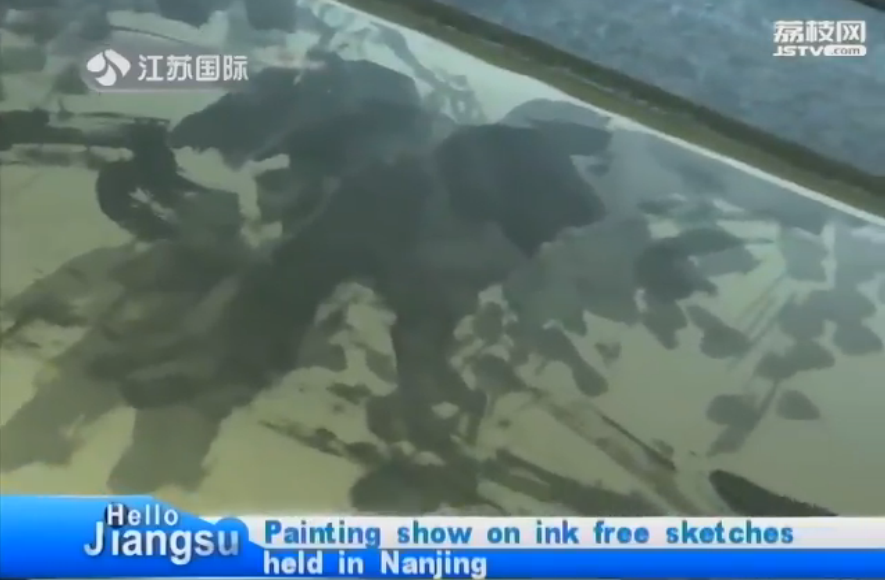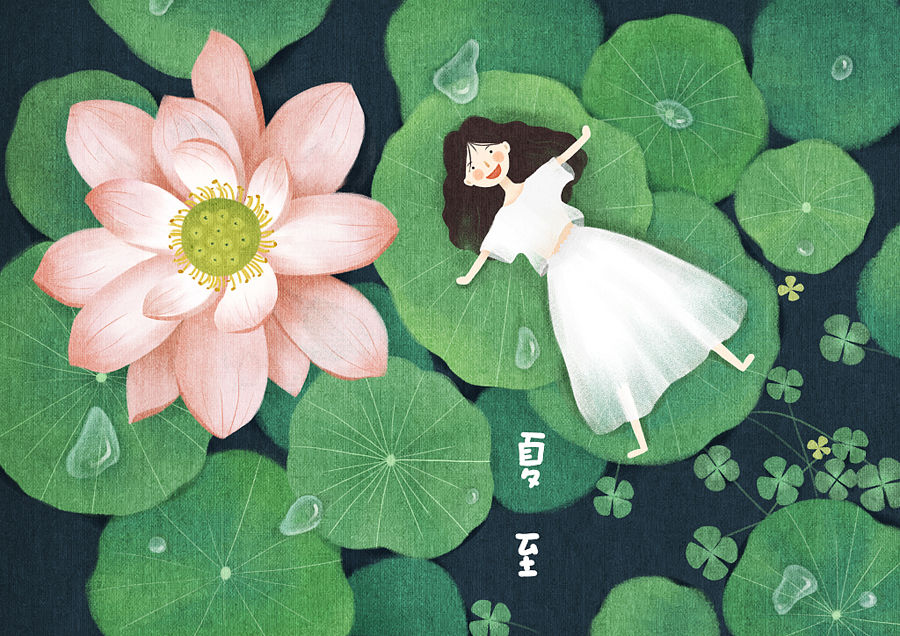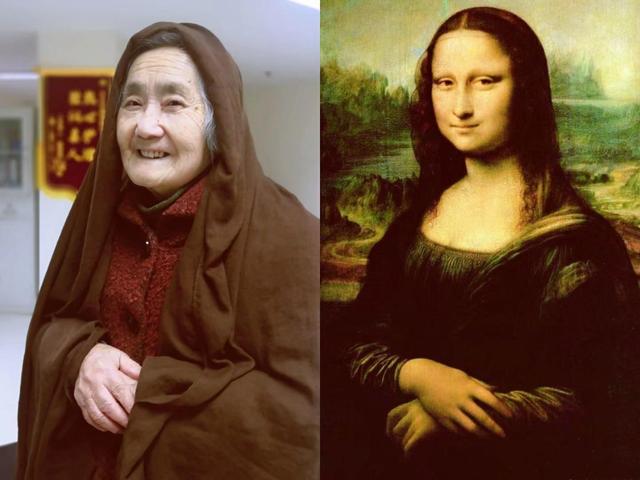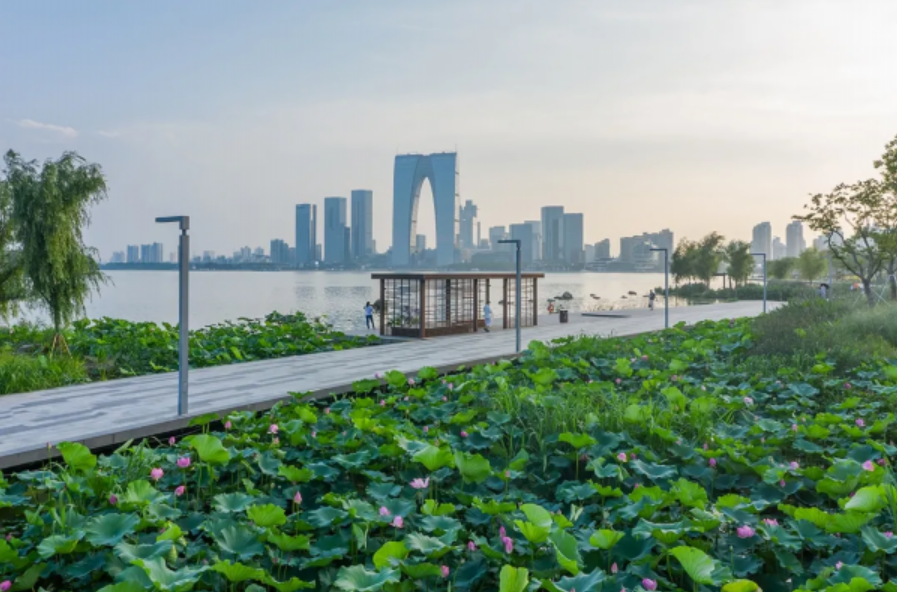A painting show entitled Formation of Ink Free Sketches -- Qingteng and Baiyang went underway at the Museum of Nanjing Tuesday morning to showcase the 73 pieces of refined paintings by Chen Chun and Xu Wei of the late Ming Dynasty.
The latter period of the Ming Dynastybetween 1368 and 1644 saw the emergence in southern China of two artists best known for their Xie Yi,or free-style, flower-and-bird paintings. They were Xu Wei andChen Chun. Xu Wei, otherwise known as Qingteng and Chen Chun, also called Baiyangshan, were altogether entitled as Qingteng and Baiyang.
Chen Chun, who was born in 1483 and died in 1544, was a native of Suzhou. Chen learned calligraphy and painting from Wen Zhengming, one of the Four Master Painters of Suzhou.
Departing later from the Wen style characterized by the use of light, soft brushwork, he took to free sketching and emphasized the mutual permeation of water and ink.
Like Xu Wei, he contributed to the development of a free-style method for the creation of ink-and-wash paintings or shuimo hua and exerted a strong influence over artists of later generations.
Chen Chun was good at painting flowers and landscape. In doing landscape paintings, he was strongly influenced by Mi Fu of the Song Dynasty who portrayed ever-changing mist and fog in southern China by using a subtle combination of dense and thin ink black.
Chen' representative work in this field isMount Anhua which is now kept at the Tianjin Art Museum.Luoyang Spring, kept at the Nanjing Museum, is one of Chen's best free-style painting of flowers.
Xu Wei, who was born in 1521 and died in 1593, is also known as Xu Wenchang and, over the last hundreds of years, he has been quite a legend among ordinary Chinese people.
Xu was a native of Shanyin, now called Shaoxing, in Zhejiang Province. As he grew up in reduced circumstances, he took part in official examinations time and again in a bid to land a job as an official. However, he failed in every one of them.
In 1557, Xu befriended Hu Zongxian, military commander of seven provinces in southeastChina. Hu held Xu in high esteem for his talent, invited him to do some clerical work and paid him handsomely.
This was the best period for Xu. Five years later, however, the military commander was arrested and Xu lost his job and protection.
Fear for being implicated drove Xu almost to distraction. He attempted repeatedly to kill himself and later killed his wife by accident and spent seven years in prison for it.
After his release, Xu lived by selling his calligraphic works and paintings, and died at the age of 73.
Xu Wei's Grapes, now kept at Beijing'sPalace Museum, shows his highly accomplished skills in doing free-style ink paintings. Poem composition, calligraphy and painting -- all must be good for an accomplished scholar-painter as Xu Wei.






